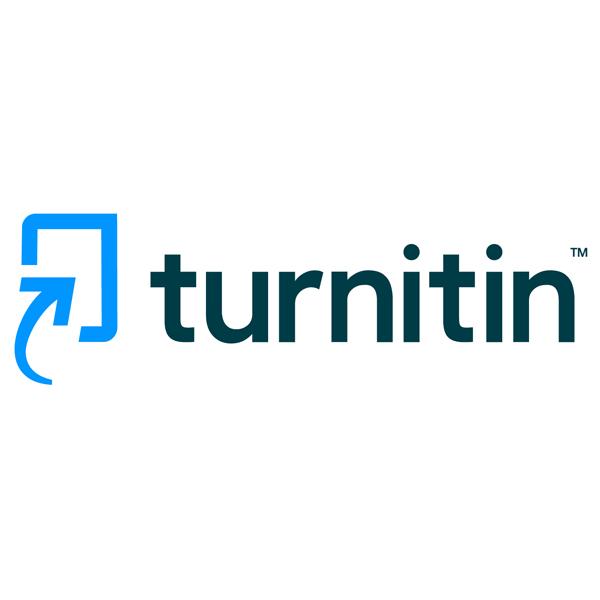
Fostering responsible use of technology in higher education

Turnitin
Learn how Turnitin empowers educators with insights and sets students up for success
From online learning to AI, higher education has undergone rapid transformation in recent years. In response to the rising popularity of generative AI tools, institutions have been developing acceptable use policies to guide students and educators ‚Äì but this continues to be a learning curve, said the panellists at a 91«—◊” webinar held in partnership with Turnitin.
“When generative AI came on the scene there was a tremendous amount of fear, bringing into question how educators assess students and the tools they needed,” said Gretchen Hanson, director of product marketing at Turnitin.
“For decades we’ve had an output, such as an essay, that would demonstrate students’ understanding,” Hanson said. “But we’ve now come to understand that there is no one-size-fits-all. Every university or course will have its own policies and sentiments they need to adhere to.” As a technology provider, Turnitin’s role is to provide the tools to empower institutions to better assess students’ learning, she added.
Justin Rose, associate vice-president of information management and digital learning at Southeastern University in the US, said AI is a moving target for learners and educators but there’s a sense of anxiety and excitement around it.
Rose advocates for a balance of spontaneity and guidance so institutions and faculty members can respond quickly to new technological developments but also have guardrails in place for their use. “We moved quickly to develop a policy that guided students on how they may engage generative AI assistance in their academic enterprises,” he said, adding that there is still more to be done to clearly articulate how technologies and AI can be most effectively utilised.
Joel Mills, head of generative AI and digital learning at BPP University in the UK, said: “We’re trying to better understand the response that students are having to AI and adapt our practices, culture and infrastructure around that.”
Mills explained that his institution has critical AI leads in each school who work on specific use cases for AI in their sector. In law, for example, the school is looking at how to embed AI into assessment as students will be using it in the future to draft client letters and contracts. It has also built an AI tool that generates unlimited multiple-choice questions that meet the standards for solicitors’ qualifying exams, saving the university significant amounts of time and money.
Hanson said that understanding how students craft reports and assessments – such as what has been copied from AI tools and what comes from the student – would show educators how students apply their skills and knowledge in a practical way. “This means we can provide more equity in the teaching we provide. This is where we can bring in concessions and support for different needs and stages in students’ learning journey,” she said.
The panel:
- Gretchen Hanson, director of product marketing, Turnitin
- Alistair Lawrence, head of branded content, Times Higher Education (chair)
- Joel Mills, head of generative AI and digital learning, BPP University
- Justin Rose, associate vice-president of information management and digital learning, Southeastern University
about Turnitin.
